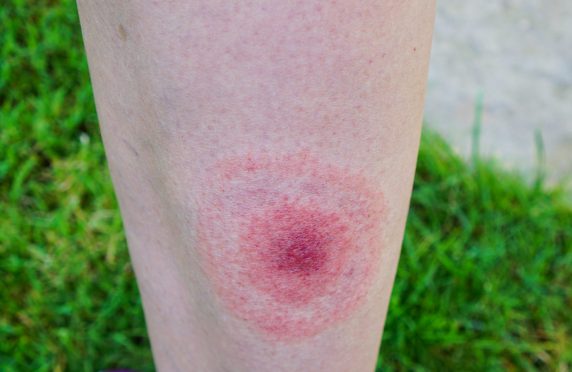Dermatology consultations: How to adapt to a remote approach

Tips for dermatology consults during Covid-19
GP registrar Dr Shivani Patel and GPs Dr Nazmul Akunjee and Dr Muhammed Akunjee, from West Green Surgery in north London, share some advice on how to provide remote consulations for skin complaints.
Ask for photos over email prior to consultation
GP practices are still continuing with phone triaging as an effective way to reduce face to face exposure during the Covid pandemic. This has proven to be trickier for presenting complaints related to dermatological problems.
What has worked particularly well and saves time during telephone consultations is setting up an emailing system.
This works efficiently as prior to the consultation, for example at the time of booking, if the complaint involves a skin condition – such as a rash, lumps, bumps etc. – the reception team will request that the patient takes a series of photos with their smart phone and email the secure practice email.
Many practices are practices are using accuRx software to upload photos of skin conditions during the consultation. However, this causes a delay in the consultation whilst waiting for the patient to take and send photos – and requires the GP to call them back to discuss. Using the suggested emailing system, in which photos are sent in advance, saves time.
Gain explicit patient consent before photos are sent
Within this email the patient writes their names and date of birth, including explicit consent for the photos to be viewed by a clinician and attached to telederm referrals if necessary.
This is particularly important for patients who consent to email photos of genital and breast lesions, which are deleted immediately after viewing. Passwords can also be applied to protect these images during emailing.
Ensure easy access to photos during telephone consultation
The emails are sorted by admin staff into a separate inbox folder entitled ‘doctor requested emails’. The images are then easily found for viewing before or during the telephone call, and a focused history and management discussion can be formed without delay, just like a normal face-to-face appointment.
Video calls are an option – but picture quality is not as good as emailed smartphone photos
There is also the option of video consulting but this is very much dependent on the computer or phone quality of the patient, and we have found the quality is not as good as emailing photos.
Most images from patients’ phones are extremely high quality as most people have high resolution cameras on their smartphones, with the latest camera being 48 megapixels.
This gives a detailed close-up view of the lesion, and patients themselves will often take the time to find optimal lighting and send multiple images.
If rashes are spread diffusely we ask for multiple or zoomed out images to see the extent of spread. All the aspects allow a more detailed examination and allow us to save time compared with a real-time consultation or video call.
Share photos from previous consultations during follow-ups
In terms of follow up, images can be compared from previous consultations, to show the effectiveness before and after treatment, allowing clinicians who may have not seen the rash before to see improvement or progression with treatment.
These images can also then be easily uploaded for storage on EMIS or attached to Telederm referrals allowing specialists to view and make clinical decisions with photos rather than vague rash descriptions.
Source: Information provided by Dr Shivani Patel [supplied 4 June]
Pulse July survey
Take our July 2025 survey to potentially win £1.000 worth of tokens

Visit Pulse Reference for details on 140 symptoms, including easily searchable symptoms and categories, offering you a free platform to check symptoms and receive potential diagnoses during consultations.











